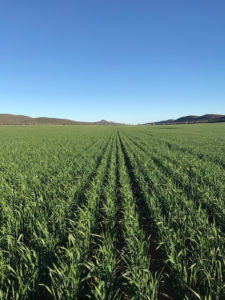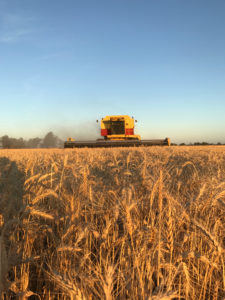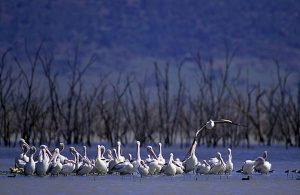In arid inland Australia – commonly known as the Outback and in the map shown as zones with hot, dry summers – the differences between day and night temperatures and also between summer and winter are a lot bigger than along the coasts.
The heat is not as oppressive as it is when combined with humidity. This is the reason that a hot and dry day is a lot more comfortable than a warm and very humid day. Therefore, don’t forget to drink as you will lose a lot of moisture without even noticing.
The nights can be very cold, especially in the Winter months!
Australian weather in the desert is very unpredictable. It might not rain for years. At other times torrential downpours can cause widespread flooding and fill the usually dry inland salt “lakes” like Lake Eyre. Make sure you also check our Travel alerts alerts page at the time of your travel. Our website’s homepage also provides a handy weather widget with the current weather readings. For more details, you can also head over to Australian Bureau of Meteorology website
To see the Outback desert explode into life after rain is a truly magical experience. A carpet of wild flowers appears over night and frantically breeding animals will make the most out of the precious moisture and abundance of food while it lasts.







